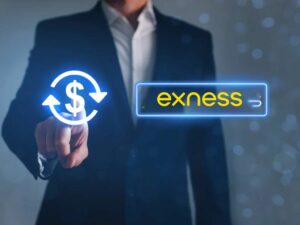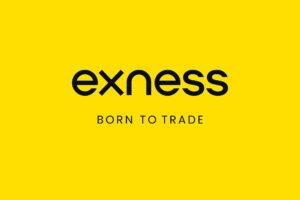Leverage plays a critical role in forex and CFD trading, allowing traders to control larger positions in the market with relatively small amounts of capital. However, while leverage can boost profits, it also carries substantial risks. This guide provides a thorough breakdown of leverage offerings at Exness, covering different account types, the instruments available, the rules around leverage, and essential tips for using leverage responsibly.
What is Leverage in Trading?
Leverage in trading refers to the ability to open a position larger than your initial deposit. Essentially, it allows traders to control a much bigger position in the market with a fraction of the capital. For example, with a leverage ratio of 1:100, a trader can control a $10,000 position by investing only $100.
However, leverage also amplifies potential losses, meaning that a small price movement in the opposite direction can lead to significant losses. Therefore, it’s crucial to apply leverage with caution and ensure that risk management strategies are in place.
The Leverage Offering at Exness
Exness is known for offering highly flexible leverage options that cater to both beginners and experienced traders. The leverage available depends on several factors, including the type of account, the trading instrument, and the account balance.
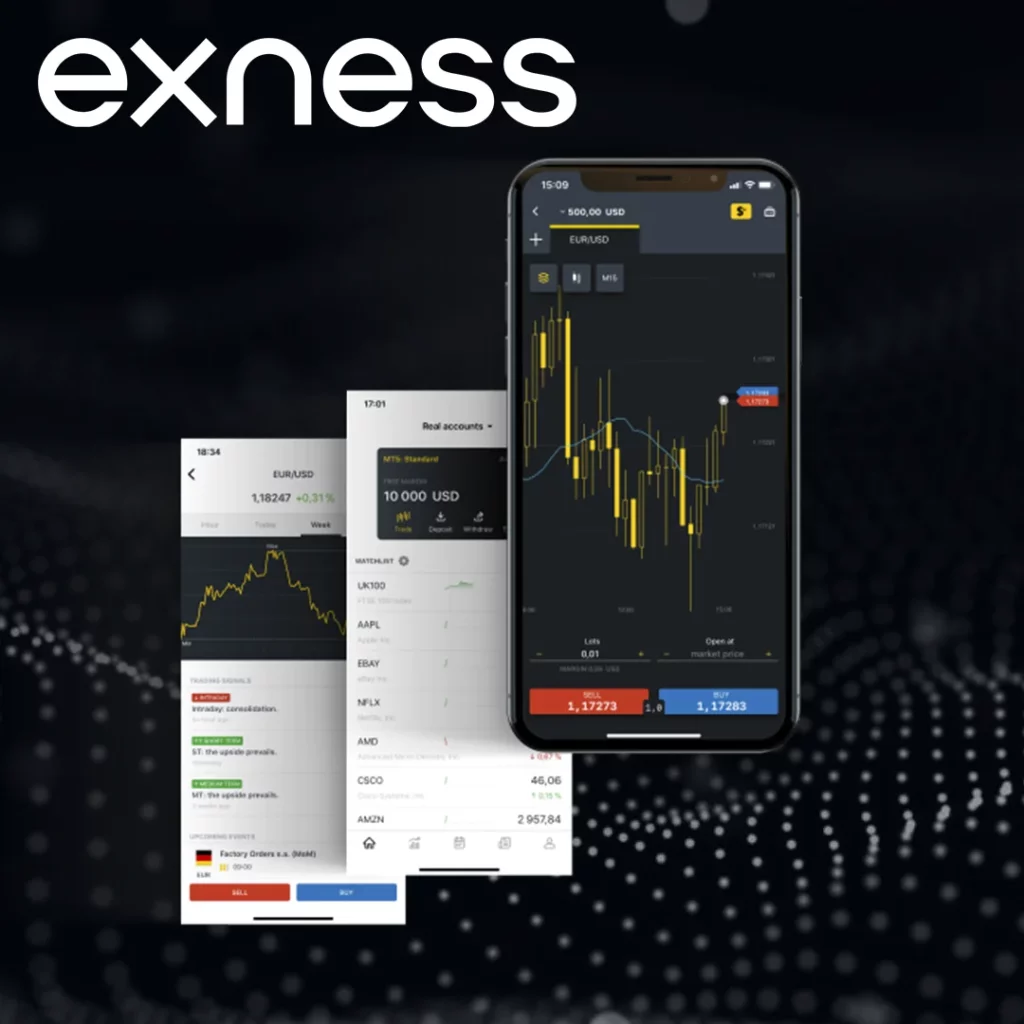
Account Types and Leverage
Exness provides a variety of account types, each designed to suit different levels of trading experience and capital. Here is an overview of the leverage available with each account type:
| Account Type | Leverage | Purpose |
| Standard Account | Up to 1:Unlimited | Ideal for beginners, offering high leverage with low spreads |
| Pro Account | Up to 1:2000 | For experienced traders seeking tighter spreads and faster execution |
| Raw Spread Account | Up to 1:2000 | For professional traders, optimized for cost-efficiency |
| Zero Account | Up to 1:2000 | Designed for high-frequency traders with low spreads |
| Standard Cent Account | Up to 1:Unlimited | Great for new traders with smaller capital, allowing for higher leverage |
Key Insight: The Standard Cent Account offers unlimited leverage, making it a great choice for traders who wish to test strategies with a smaller capital commitment.
Leverage by Instrument
Leverage at Exness varies depending on the asset you’re trading. Different instruments come with different levels of risk, and Exness adjusts the leverage available accordingly.
| Instrument Category | Examples | Maximum Leverage | Notes |
| Forex Majors | EUR/USD, GBP/USD | 1:Unlimited | High liquidity allows for higher leverage |
| Forex Minors | AUD/CAD, NZD/CHF | 1:Unlimited | Suitable for diversified forex strategies |
| Forex Exotics | USD/ZAR, EUR/TRY | 1:2000 | Exotic pairs have higher volatility, offering higher risk |
| Metals | XAU/USD, XAG/USD | 1:2000 | Includes precious metals like gold and silver |
| Cryptocurrencies | BTC/USD, ETH/USD | 1:100 | Limited leverage due to high volatility |
| Energies | UKOIL, USOIL | 1:200 | Commodities have lower leverage due to market dynamics |
| Stocks | Tesla, Apple | 1:20 | Designed for long-term stable stock trading |
| Indices | S&P 500, NASDAQ 100 | 1:100 | Allows diversified exposure to major stock indices |
Dynamic Leverage Adjustment
Exness employs a dynamic leverage model that adjusts based on your account balance. As your balance increases, the leverage available decreases to encourage responsible trading. Here’s how the leverage changes with different account balances:
| Account Balance | Maximum Leverage |
| Below $1,000 | 1:Unlimited |
| $1,000 – $10,000 | 1:2000 |
| $10,000 – $50,000 | 1:1000 |
| Above $50,000 | 1:200 |
This structure is designed to ensure that traders with smaller balances can still access higher leverage while minimizing the risk for larger accounts.
Regulatory Impact on Leverage
Exness operates under various regulatory bodies, and leverage limits can vary depending on the jurisdiction. Here’s an overview of the most common leverage restrictions:
| Region | Regulation | Maximum Leverage for Retail Traders |
| European Union and UK | ESMA, FCA | 1:30 |
| Australia | ASIC | 1:30 |
| Other Global Markets | Various | Up to 1:Unlimited, depending on account type |
These regulations aim to protect traders by limiting the amount of leverage they can use, especially in regions where retail investors are more likely to suffer from high risk.
The Pros and Cons of High Leverage
While leverage provides significant opportunities for profit, it also amplifies the risk. Here’s a quick summary of the key advantages and risks:
Advantages:
- Increased Market Exposure: With leverage, traders can control positions larger than their capital, increasing potential profits.
- Optimized Capital Utilization: Leverage allows traders to free up capital for other investments or positions.
- Access to Larger Trades: Traders with smaller accounts can access larger positions, making it easier to capitalize on price movements in the market.
Risks:
- Magnified Losses: Just as leverage amplifies profits, it also increases potential losses. A small adverse movement can wipe out an account balance quickly.
- Margin Calls and Stop-Outs: If your margin falls below the required level, you could face a margin call, and your positions may be closed automatically.
- Overtrading: High leverage can tempt traders to open more positions than they can handle, leading to emotional decision-making and larger losses.
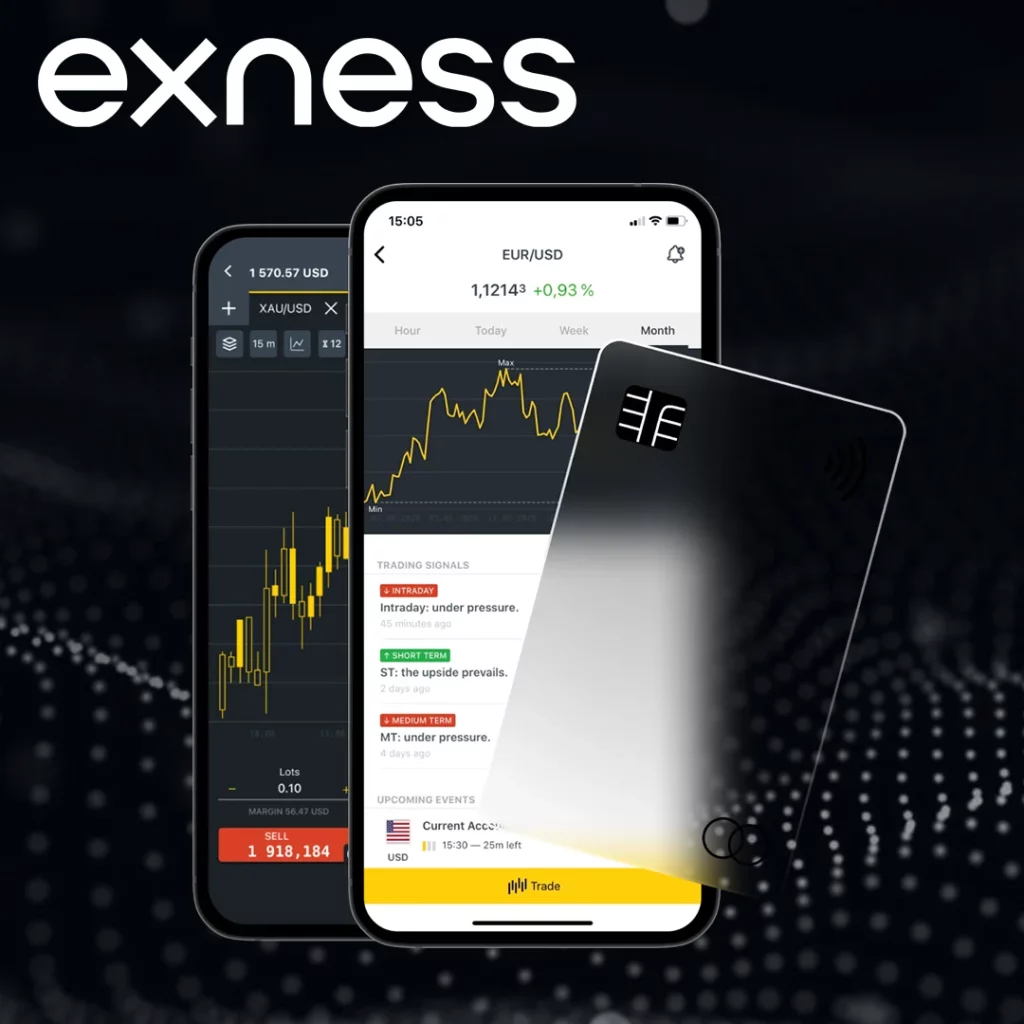
How to Use Leverage Responsibly at Exness
To ensure that leverage works in your favor, it’s essential to employ effective risk management techniques. Here are some steps to help you trade responsibly:
- Set Stop-Loss and Take-Profit Orders: Always use stop-loss orders to limit potential losses and take-profit orders to secure profits when the market moves in your favor.
- Establish a Risk-Reward Ratio: Ensure that each trade has a favorable risk-to-reward ratio (for example, risking $100 to make $300). This helps ensure that, over time, profits outweigh losses.
- Diversify Your Positions: Avoid putting all your funds into one trade. Spread your risk by trading multiple instruments.
- Monitor Market Conditions: Keep an eye on market volatility, liquidity, and economic news, as these factors can significantly impact leveraged trades.
Managing Margin Requirements
When you open a leveraged position, you are required to maintain a minimum margin. The margin requirement differs depending on the instrument and leverage you’re using. Below is a brief overview of the margin requirements for some popular instruments:
| Instrument | Margin Requirement |
| Forex Majors (e.g., EUR/USD) | 0.5% |
| Precious Metals (e.g., XAU/USD) | 1% |
| Cryptocurrencies (e.g., BTC/USD) | 10% |
| Stocks (e.g., Tesla) | 5% |
This means that if you want to control a $100,000 position in EUR/USD with 1:200 leverage, the margin requirement will be $500 (0.5% of $100,000).
Real-World Example: Leverage in Action
Let’s break down a practical example to understand how leverage works in real trading conditions. Imagine a trader with a $500 balance using a leverage ratio of 1:500 to trade EUR/USD:
- Position Size: $500 × 500 = $250,000
- Margin Requirement: $250,000 ÷ 500 = $500 (which uses the entire account balance)
If the price moves 1% in the trader’s favor, they would earn a profit of $2,500 ($250,000 × 0.01). Conversely, if the price moves 1% against them, the trader would lose $2,500, which would trigger a margin call or stop-out.
This example illustrates the importance of not overleveraging and using smaller lot sizes, especially when trading with limited capital.
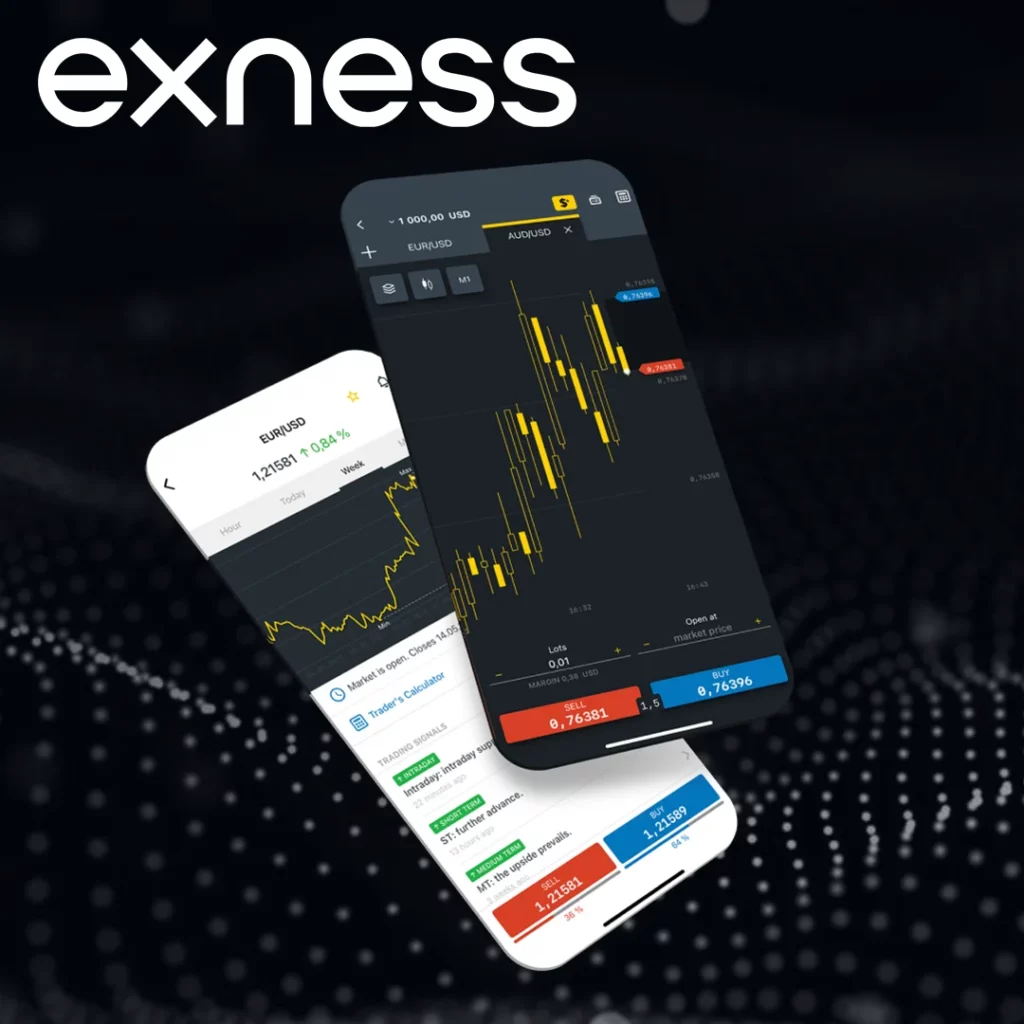
Conclusion
Exness provides one of the most competitive leverage structures in the forex industry, with offerings that cater to both beginners and professionals. From the unlimited leverage available on Standard and Standard Cent accounts to more conservative options for larger balances, Exness ensures that traders can tailor their leverage to their trading style and capital.
However, with great leverage comes great responsibility. To maximize your potential while minimizing risk, it’s crucial to use leverage wisely. Implementing strong risk management practices, such as using stop-loss orders, diversifying your positions, and staying informed about market conditions, will help you navigate the complexities of leveraged trading effectively.

Trade with a trusted broker Exness today
See for yourself why Exness is the broker of choice for over 800,000 traders and 64,000 partners.
FAQ
What is leverage in forex and CFD trading?
Leverage allows traders to control larger positions with smaller amounts of capital. It amplifies both profits and losses, so careful risk management is essential.

